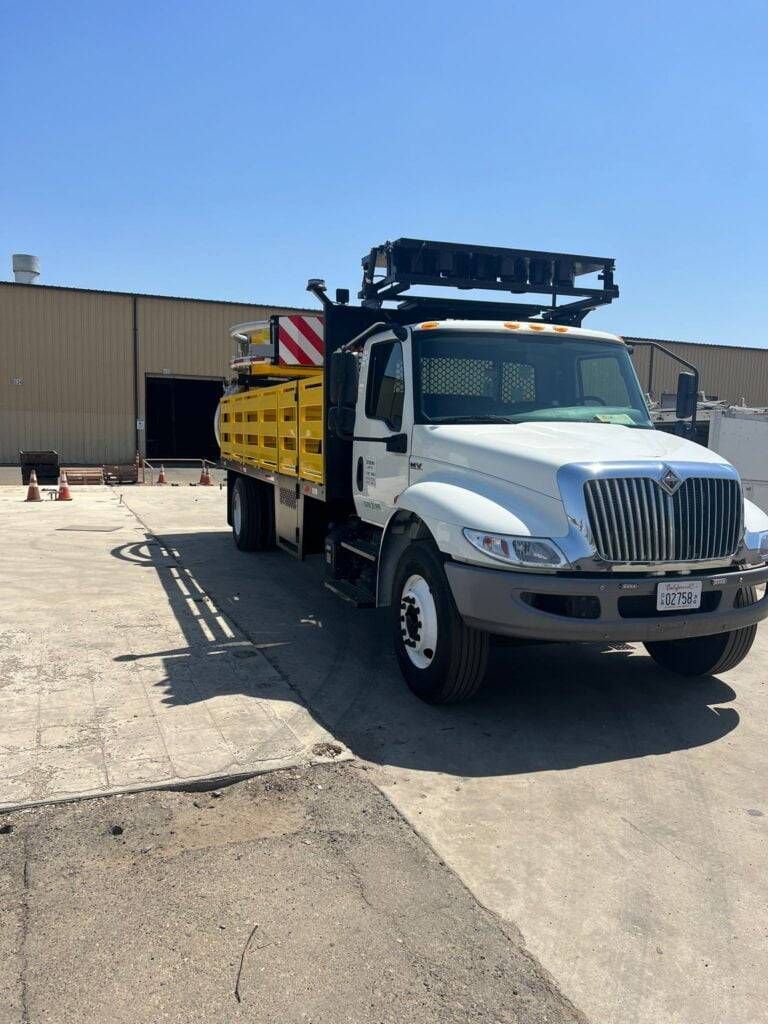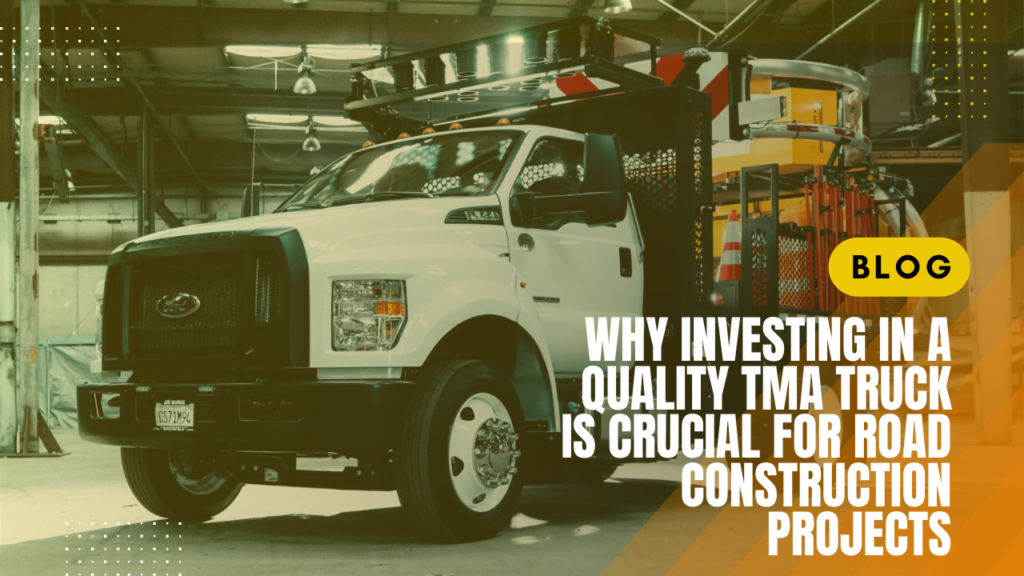Investing in a Quality TMA Truck is essential for road building projects. Ensuring the safety of drivers and workers is a priority in the ever-changing landscape of road construction. A TMA Truck is designed to absorb impact and reduce the severity of collisions, thereby saving lives and preventing accidents. This article explores the functionality, types, and overall contributions of premium TMA trucks to road safety.

What is a Quality TMA Truck and How Does It Work?
A Quality TMA Truck is a specialized safety device mounted at the rear of a truck, designed to act as a crash cushion. It provides a barrier between stationary work zones and moving traffic. A TMA Truck absorbs the impact of collisions by deforming and dispersing kinetic energy, thereby reducing the risk of severe injuries for both workers and motorists. This transformative mechanism significantly enhances work zone safety on highways.
Key Components of a Quality TMA Truck
A Quality TMA Truck typically consists of three main components: a sturdy frame, energy-absorbing materials, and a protective shell. The frame supports the entire structure, while energy-absorbing materials such as foam or honeycomb cores compress upon impact to dissipate energy. The protective shell ensures debris containment during a collision, preventing additional hazards. These components collectively ensure efficient TMA functionality, making them indispensable for road safety.
How a Quality TMA Truck Absorbs Impact
A TMA Truck utilizes controlled deformation to absorb and dissipate the energy from an errant vehicle. This mechanism reduces the force of the collision, protecting both drivers and workers. These trucks are designed to prevent lateral movement and roll-ahead, ensuring stability and reliability during impact. Investing in a TMA Truck for construction projects ensures a safer environment for everyone on the road.
How a Quality TMA Truck Enhances Work Zone Safety
A Quality TMA Truck reduces the risk of work zone collisions by acting as a protective barrier and visual warning system. Its presence alerts motorists to upcoming construction zones, reducing the likelihood of accidents. Enhanced visibility features such as reflective materials and warning lights further improve the effectiveness of a TMA Truck in preventing crashes.
Protecting Workers and Motorists with a TMA Truck
A Quality TMA Truck protects both workers and motorists by serving as a buffer between active construction zones and traffic. Its design mitigates collision severity, ensuring the safety of everyone involved. This proactive approach to traffic management enhances overall road safety and reduces fatalities in work zones.
Types of Quality TMA Trucks for Construction Projects
Different Quality TMA Trucks are available to suit specific project needs, ranging from stationary models to mobile units. Selecting the right TMA Truck depends on factors such as traffic speed, work zone size, and potential risks. Understanding these types ensures optimal safety and efficiency in construction operations.
Choosing the Right Quality TMA Truck
When selecting a Quality TMA Truck, consider traffic volume, road conditions, and the work zone’s layout. High-quality trucks tested for safety and durability provide the best protection. Prioritizing certified models ensures compliance with safety standards and enhances reliability during collisions.
Reducing Traffic Fatalities with a TMA Truck
Studies show that a TMA Truck significantly reduces injuries and fatalities in construction zones. Its ability to absorb impact and prevent direct collisions with workers or equipment makes it a vital component of road safety strategies.
Effective Use Cases for a TMA Truck
Case studies highlight the effectiveness of TMA Trucks in reducing crash rates and enhancing safety outcomes. These examples demonstrate the importance of integrating TMA Trucks into construction projects to protect lives and minimize risks.
Future Trends in TMA Truck Technology
Technological advancements are shaping the future of TMA Trucks. Features such as sensors, cameras, and real-time data integration improve their performance and responsiveness. The adoption of intelligent transportation systems further enhances safety, paving the way for smarter and safer work zones.




